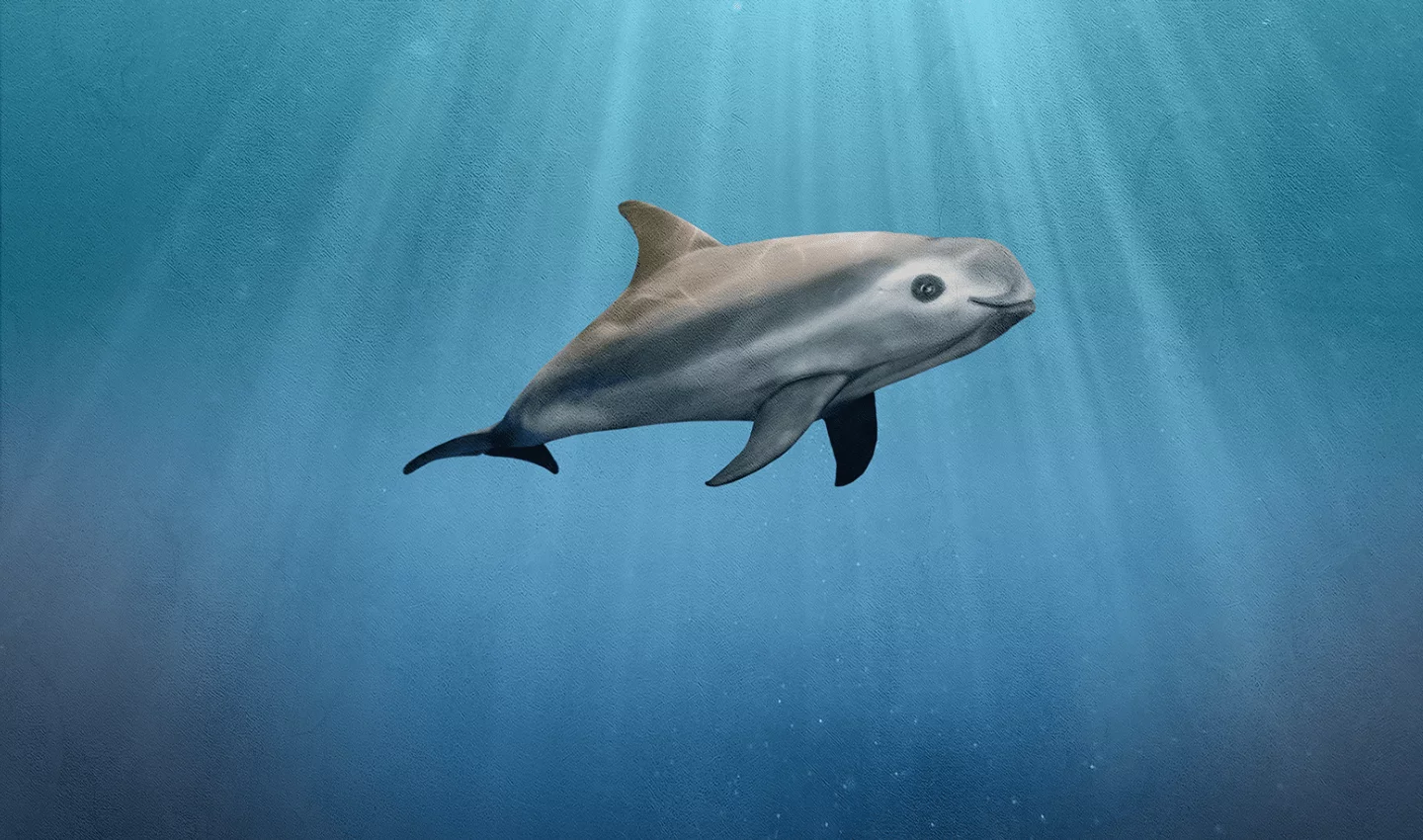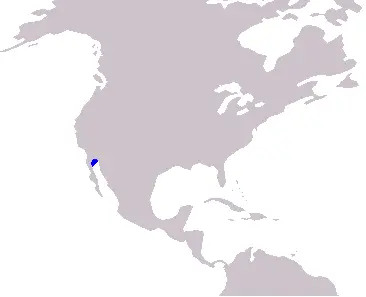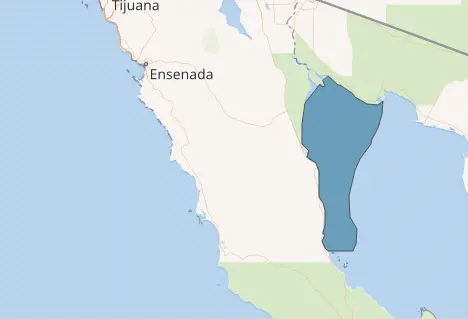Physical Address
304 North Cardinal St.
Dorchester Center, MA 02124



The vaquita, a small porpoise native to the northern Gulf of California, is one of the most endangered marine mammals in the world. With only about 10 individuals remaining, they are on the brink of extinction. Discovered and named in 1958 when three skulls were found on a beach, the vaquita’s endearing appearance and critical ecological role have captured the attention of conservationists globally. This article delves into the unique characteristics of the vaquita, the reasons behind its alarming decline, and the urgent efforts to save this elusive species from extinction.
The vaquita (Phocoena sinus) is the smallest member of the porpoise family, reaching up to 5 feet in length and weighing around 120 pounds.
“Size compared to an average human”
It is easily recognizable by its dark rings around the eyes, dark patches on its lips, and a unique, small, and robust body. Vaquitas are known for their shy nature and are rarely seen, spending most of their time in shallow, turbid waters close to the shore.
Vaquitas are highly adapted to their environment. Their small size and robust body allow them to navigate the strong tidal currents and shallow waters of their habitat. They feed primarily on fish, crustaceans, and squid, playing a crucial role in maintaining the ecological balance of their ecosystem.
Vaquitas have several biological adaptations that enable their survival in the turbid waters of the Gulf of California. Their small, compact bodies reduce drag, making it easier for them to maneuver in strong currents. Their echolocation abilities are highly refined, allowing them to navigate and hunt in murky waters where visibility is low. This echolocation is crucial for their survival, as it helps them locate prey and avoid obstacles.
The vaquita’s reproductive biology also plays a role in its current endangered status. Vaquitas have a low reproductive rate, with females giving birth to a single calf every two years. This slow rate of reproduction makes it difficult for the population to recover from declines caused by external threats.
As a top predator in their ecosystem, vaquitas play an essential role in maintaining the health of the marine environment. They help regulate the populations of fish and squid, which in turn influences the abundance of other marine species. Their presence indicates a healthy, balanced ecosystem, and their decline signals potential problems in the marine environment.
The primary threat to vaquitas is accidental entanglement in gillnets used for fishing, particularly for the totoaba fish, whose swim bladder is highly valued in traditional Chinese medicine. Despite international efforts to ban the use of gillnets and protect the vaquita’s habitat, illegal fishing continues to pose a significant threat.
Conservation efforts are multifaceted, involving international cooperation, stricter enforcement of fishing regulations, and the development of alternative, vaquita-safe fishing methods. Organizations like the World Wildlife Fund (WWF) and the Sea Shepherd Conservation Society are actively involved in monitoring vaquita populations and advocating for their protection.
Research on vaquitas is challenging due to their elusive nature and the small population size. However, advances in acoustic monitoring have provided valuable insights into their behavior, distribution, and population trends. Scientists use underwater microphones, or hydrophones, to detect vaquita clicks, which are unique and can be used to estimate population size and monitor changes over time.
Genetic studies have also been crucial in understanding the vaquita’s limited genetic diversity, which is a result of their small population size and restricted range. These studies inform conservation strategies by highlighting the importance of protecting the remaining individuals and their habitat.
Marine biologist Dr. Oscar Ortiz shares his experiences studying vaquitas:
"Seeing a vaquita in the wild is an incredibly rare and humbling experience. Their shy nature and the murky waters of their habitat make sightings extremely uncommon. Each encounter is a reminder of how fragile their existence is and the urgent need to protect them."
The vaquita holds cultural significance in the local communities of the ocean. Known as the “panda of the sea” due to its distinctive markings, the vaquita has become a symbol of the urgent need for marine conservation. Efforts to save the vaquita have brought together scientists, conservationists, and local fishermen in a shared goal to protect this unique species and its habitat.
[Exclusive Footage of Vaquitas Infographic]
The vaquita is a poignant symbol of the delicate balance of marine ecosystems and the devastating impact of human activities. Their unique characteristics, ecological roles, and the urgent need for conservation make them a critical focus for marine biologists and environmentalists.
By understanding and appreciating the vaquita, we not only fulfill our curiosity but also recognize the importance of protecting the world’s most endangered marine mammal. The fight to save the vaquita is a race against time, highlighting the need for immediate and sustained conservation efforts. Through collective action and global awareness, there is hope that we can secure a future for the vaquita and preserve the biodiversity of our oceans.